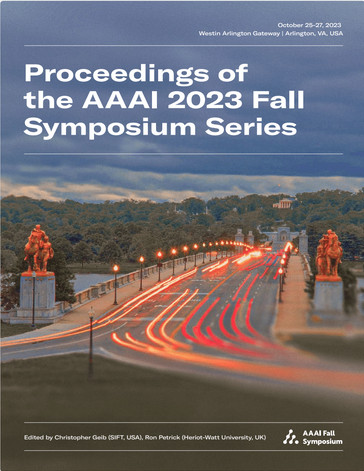On the Effects of Type II Left Censoring in Stable and Chaotic Compartmental Models for Infectious Diseases: Do Small Sample Estimates Survive Censoring?
DOI:
https://doi.org/10.1609/aaaiss.v2i1.27715Keywords:
Type II Left Censoring, SIR Models, Survival Analysis, Maximum Likelihood Estimators, Chaotic Dynamics, Ricker MapAbstract
In this paper, we discuss a selection of tools from dynamical systems and order statistics, which are most often utilized separately, and combine them into an algorithm to estimate the parameters of mathematical models for infectious diseases in the case of small sample sizes and left censoring, which is relevant in the case of rapidly evolving infectious diseases and remote populations. The proposed method relies on the analogy between survival functions and the dynamics of the susceptible compartment in SIR-type models, which are both monotone decreasing in time and are both determined by a dual variable: the hazard function in survival prediction and the number of infected people in SIR-type models. We illustrate the methodology in the case of a continuous model in the presence of noisy measurements with different distributions (Normal, Poisson, Negative Binomial) and in a discrete model, reminiscent of the Ricker map, which admits chaotic dynamics. This estimation procedure shows stable results in experiments based on a popular benchmark dataset for SIR-type models and small samples. This manuscript illustrates how classical theoretical statistical methods and dynamical systems can be merged in interesting ways to study problems ranging from more fundamental small sample situations to more complex infectious disease and survival models, with the potential that this tools can be applied in the presence of a large number of covariates and different types of censored data.Downloads
Published
2024-01-22
Issue
Section
Second Symposium on Survival Prediction: Algorithms, Challenges, and Applications (SPACA)

